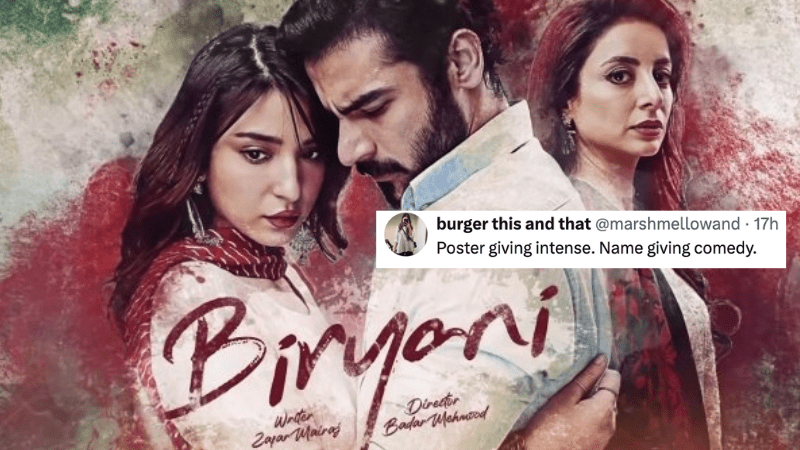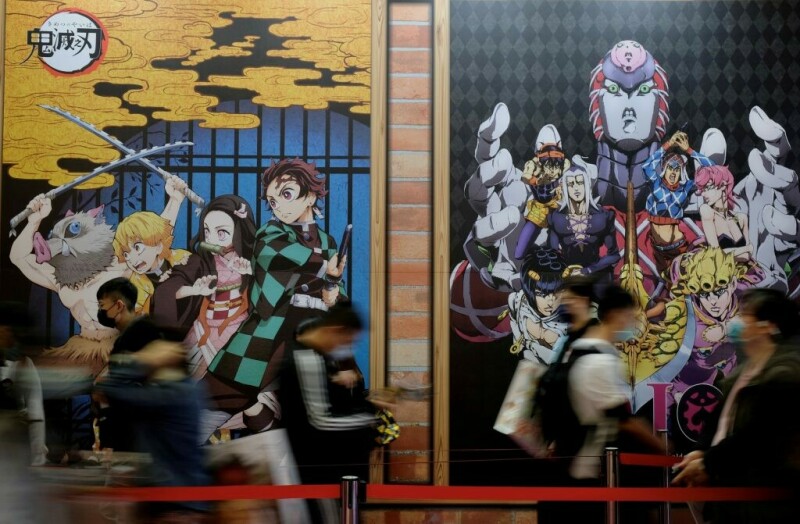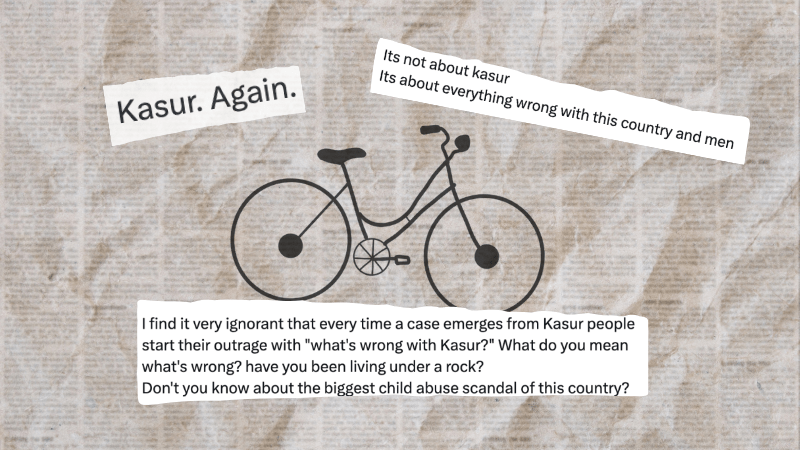From horses to headgear, everything the Mohenjo Daro trailer got wrong
Bollywood’s period dramas have a history of misrepresenting the past. From Mughal-e-Azam (1960), where the story of Salim’s rebellion is wrongly attributed to love, to Bajirao Mastani (2015) portraying Balaji Bajirao as a Marathi superman, Bollywood cannot seem to get the history right in historical fiction. The trailer and posters of Ashutosh Gowariker’s Mohenjo Daro indicate that this tradition will be perpetuated.
First, Gowariker seems to have confused the Vedic Age with the Indus Valley Civilisation. Even though the trailer reveals that the movie is set in 2016 BC, it surprisingly features white Arabian horses. It is now widely accepted that horses were brought in by the Eurasian populace (or the “Aryans”) that started migrating to the subcontinent from 1500 BC on wards. Couple this with the heavily Sanskritised Hindi spoken in the movie trailer and you have yourself a bad cocktail of two different eras (separated by at least 500 years). The trailer gives away glimpses of a Roman-esque arena hosting gladiatorial wars, a feature that finds no mention in Indus Valley Civilisation history.

The trailer ends with the great deluge hitting the environs of Mohenjo-Daro and brings to life the long-held stereotype about the great Indus flood. The Indus flood hypothesis has long been discarded as a reason for the civilisation’s decline. But everyone loves a fanciful collapse, especially when Bollywood manufactures it.
Yet, the biggest slight is in the way the people of Indus Valley have been depicted. The heroine Chaani, played by Pooja Hegde, has feathers popping out of her headdress even as none of the innumerable terracotta figurines of the Indus Valley Civilisation sport such a headdress.

Feathered headdress is one of the quintessential ways in which Bollywood has for ages depicted tribal/clannish societies because in its Orientalist history, all tribal societies across time and space are the same. Chaani is tribal only in her headdress, though: her thigh-high slit skirt ensemble is straight from the red carpet. Chaani, her friends and even the priest king (Kabir Bedi) have pearly-white complexions, which reflects popular cinema’s “fair and lovely" bias and may not correspond to the complexion of the population of the Indus Valley Civilisation. The majority of Indus Valley people were perhaps dark-skinned, especially the Proto Australoid population inhabiting several sites of the civilisation.
The Indus Valley Civilisation, known for its standardised weights, distinctive pottery styles, planned cities and extensive public works, has left behind a significant amount of material culture from which to piece its history. More than 10,000 terracotta figurines, unearthed from various sites of the Indus Valley Civilisation were available for Gowariker’s perusal to depict a prototype of the Mohenjo-Daro woman. These figurines not only depict the body type of the Indus Valley people but also reveal their fashion in terms of their dress and accessories. Female terracotta figurines dominate the assemblage and are clothed and ornamented in opposition to male figurines that are mostly nude.

The Harappan female body with conical breasts and curvaceous waist is mostly depicted wearing a triangular/fan shaped headdress, with no garments covering the upper body and multiple strand belts/skirts hiding the pubic area. The male body on the other hand is relatively slender, at times shown with prominent nipples and male genitalia. Like females the males also sometimes sport a headdress, although such occurrences are rare in the assemblage.
Even though cloth, being a perishable material, has left few traces in the imprints of Harappan history, Rita Wright in her book Ancient Indus informs that “weavers worked with animal fibers and plants including cotton, linen, and jute producing basketry, cloth and other woven items”. Yet, the only item of clothing depicted on female figurines is the short skirt and a drape around the torso of a few male figurines.
A significant part of Harappan fashion was ornaments. Necklaces, earpieces, belts and bangles were in vogue and most of them were made from beads. The Indus Valley people seem to have mastered the art of bead making since colourful beads of all shapes and sizes have been unearthed in large quantities from many Indus Valley sites. Beads were cylindrical, disc-shaped, spherical, globular, biconical and segmented (wafer-like) and fashioned from all sorts of stones such as lapis lazuli, carnelian, steatite, jasper, shell, quartz, faience and also gold and silver. The material for bead making was sourced from many places. Lapis lazuli, a blue stone and highly valued, came from Shortughai in Afghanistan, copper from Khetri region of Rajasthan, carnelian from Bharuch in Gujarat and gold from southern parts of India. Desirable colours were obtained by firing the raw material, like firing carnelian at different stages of production would change its red colour to yellow. Beads as small as 1 to 3 millimeters in length, known as micro beads, were also made and were used mainly for making rings, earpieces and necklaces.
Beads were used to make necklaces, especially chokers, which are seen on most female figurines. Many male figurines sport necklaces too. Apart from chokers, longer necklaces with double or triple strands of beads were also popular. Single-strand necklaces were usually composed of gold beads alternating with natural stone beads. Earpieces, found mostly on female figurines, were also made from beads. These ranged from ear-rings or hoops, composed of several micro beads stringed together, to ear studs composed of a large bead attached to the ear lobe. The belts that often cover the pubic area of female figurines were also made from beads.

Another important accessory is the bangle. Enormous quantities of terracotta bangles have been excavated from many Indus Valley sites and both male and female figurines are shown wearing bangles. Most figurines depict three or four bangles at the wrist and two or more bangles above the elbow. The famous bronze dancing girl statuette from Mohenjo-Daro has her left arms full of bangles from the wrist to the shoulder while the right arm has only four bangles. While terracotta bangles seem to be the most popular, shell bangles have also been found.

Chaani is introduced in the trailer as Sindhu maa ka prateek (symbol of the Indus mother goddess), which relies on the stereotype that a mother goddess/fertility cult was popular in the civilisation. The theory about the mother goddess cult is as outdated as the Aryan invasion theory. The theory is based on flimsy evidence and a superimposition of the present onto the past. The view was part of the larger belief popular in the 19th and 20th centuries that a mother goddess cult existed in areas from present day Turkey to western Asia during antiquity. Apart from colonial proponents of the theory, such as John Marshall, many Indian archaeologists (such as BB Lal) also support the view since a widespread mother goddess cult exists in the subcontinent today. Recent studies (such as Bruce Trigger, 2003) have contested such claims since there is nothing in the female terracotta figurines of the Indus Valley assemblage to classify them as mother goddesses. This is perhaps why Lynn Meskell in her paper Goddess, Gimbutas and New Age Archaeology, Antiquity, 69, 1995 says, “To assume a priori that there is a goddess behind every figurine is tantamount to interpreting plastic figures of Virgin Mary and of ‘Barbie’ as having identical significance.”
Judging from the trailer, it seems that long-held and mostly discarded stereotypes about the Indus Valley civilisation find an expression in Gowariker’s Mohenjo Daro. Hopefully the movie will be better.










Comments